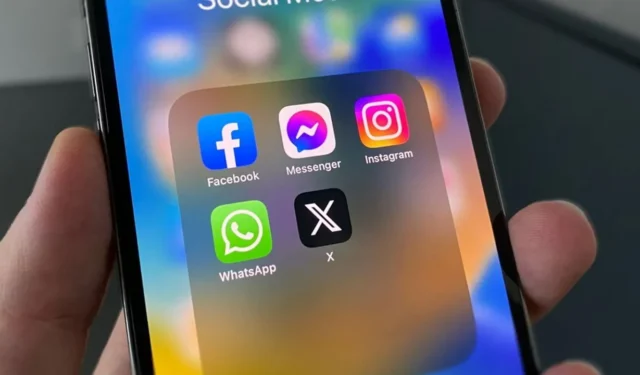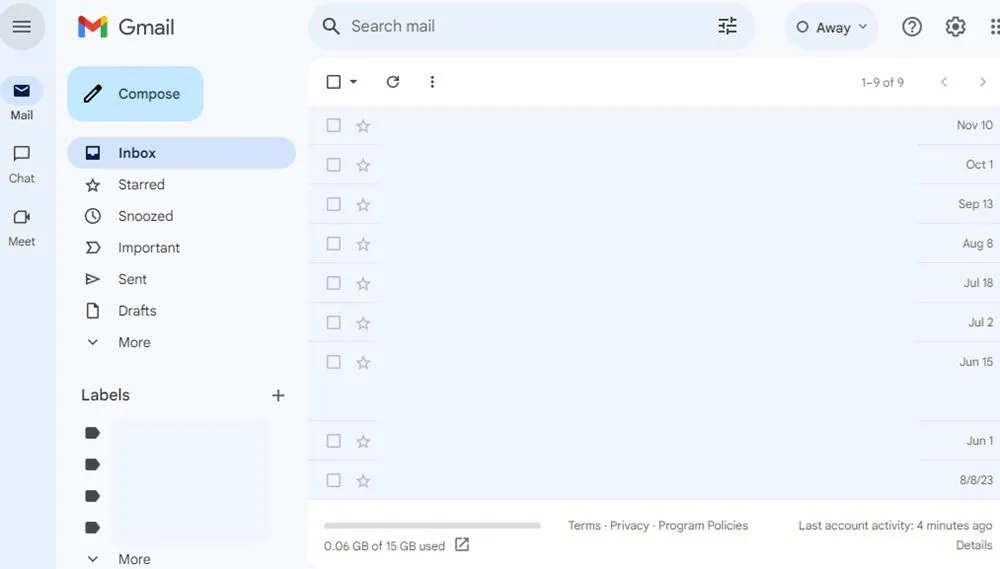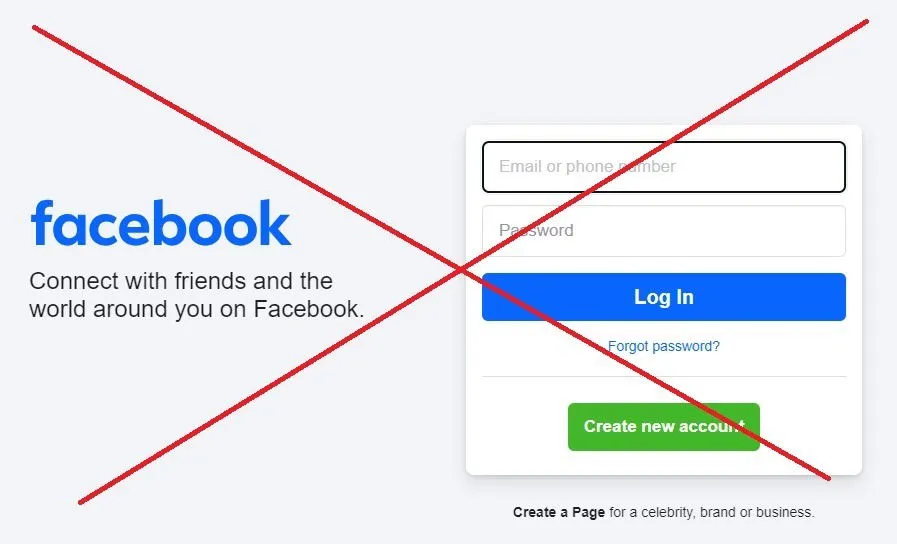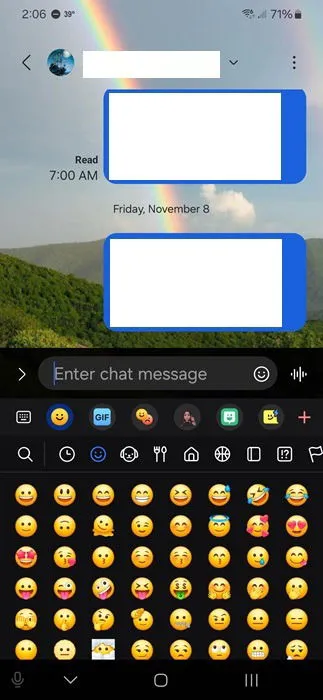Is Anyone Else Not Using WhatsApp? Exploring Alternatives

As I wrap up a chat with a new acquaintance, they propose adding me on WhatsApp. The look of shock on their faces when I reveal that I don’t use the app is priceless. Am I truly the only one shunning what is arguably the most widely used messaging application globally?
More Than 2 Billion Users, Yet I Remain Unconvinced
WhatsApp boasts over two billion active users, establishing itself as an influential platform. Projections indicate it may reach three billion users by 2025. Available in 180 countries, it’s perfectly suited for maintaining connections across the globe.
Although launched in 2009, WhatsApp has gained traction in the US and UK only recently. Is that why I haven’t adopted it yet? Or am I just an outlier, clinging to my default messaging app while tech giants keep evolving?
Email and Default Chat Apps Suit My Needs Just Fine
No matter what the so-called experts argue, email is far from obsolete. The influx of spam in my inbox proves that email remains vibrant. Personally, I rely on it to keep in touch with business contacts, communicate professionally, and even stay connected with a few close friends.

Moreover, during my online networking, I find that nearly everyone has a LinkedIn profile. I prefer using LinkedIn’s integrated chat feature, which saves me from cluttering my phone with another app. I receive notifications via email whenever I get a message on LinkedIn, ensuring I stay informed.
Concerns About Privacy with WhatsApp
My reluctance to use WhatsApp stems partly from privacy issues. I harbor doubts about Meta’s commitment to keeping my data secure. Despite assurances that privacy has improved with WhatsApp, these changes aren’t enough to convince me to make the switch. This skepticism also extends to Facebook Messenger.
While built-in messaging apps may not have the best reputations regarding data privacy, at least I know what to anticipate. When it comes to WhatsApp and Meta, the lack of transparency regarding my data usage is troubling. Their claims of privacy don’t inspire confidence.
There are various secure alternatives to WhatsApp that prioritize user privacy. Of course, the challenge lies in getting your contacts to make the switch as well. Many people are transitioning to Telegram for its enhanced privacy features.
WhatsApp Isn’t Essential
To me, WhatsApp would merely serve as another app on my device. I don’t require it for effective communication. Furthermore, as previously stated, my feelings about Meta and its data handling do not encourage me to switch. I left Facebook years ago, yet surprisingly, my digital presence hasn’t diminished.

So far, anyone who has wished to reach me via WhatsApp has effortlessly found alternative communication methods.
Moreover, in the U.S., WhatsApp isn’t a prerequisite for sending money or engaging with businesses. When apps are involved, companies typically use options like PayPal, Venmo, or Stripe. Naturally, email or live chat features on their websites are also available for customer support.
Maintaining a Healthy Work-Life Balance
I know several people with extensive contact lists on WhatsApp who are inundated with notifications from work, family, and friends. By keeping my professional life away from my messaging app, I avoid constant work-related messages.
I utilize Slack, LinkedIn, and email for work communication, reserving my messaging app solely for close friends and family. With a select few people I stay in touch with regularly, I can concentrate on meaningful conversations rather than managing a sea of contacts, most of whom I hardly know.
WhatsApp Lacks Sufficient Innovation
Apple has often encouraged a universal shift from Android to iOS and iMessage, even attempting to prohibit Android users from messaging iPhone users. However, this plan imploded when a significant portion of the population made it clear that WhatsApp was their platform of choice, rendering the strategy futile.
I had initial concerns regarding communications with my Apple-loving friends, but since the only change was a shift in message bubble color, there’s no need for me to adopt a separate chat application.
Why didn’t I switch during that period of speculation? WhatsApp doesn’t offer distinguishing features that appeal to me. My existing messaging app fulfills all my requirements: sending texts, emojis, images, and more. I don’t need specialized stickers, payment capabilities, or channel updates; if that were the case, I could have remained on Facebook.

For me to consider switching to a chat app, it would have to be exceptionally innovative. While WhatsApp may present a slightly more sophisticated interface, I prefer something functional and straightforward.
An Overabundance of Scams
I receive a handful of phishing texts monthly via my default messaging app. In contrast, my other accounts are bombarded with emails and direct messages asking me to connect on WhatsApp—most of which are not genuine requests but scams.
Numerous writer friends have sent me WhatsApp requests that turned out to be fraudulent. I’ve had to verify with them through email or shared platforms only to discover it wasn’t them at all. I simply feel safer steering clear of WhatsApp.
Simplicity is Key for My Messaging Needs
Call me traditional or unexciting, but I don’t require anything overly complicated. I merely want a reliable method to send quick messages, make plans, or share a hilarious meme. I can easily make voice calls, and Google Meet suffices for video chats. Honestly, I’ve never encountered a text or call so sensitive that it required encryption.
Despite residing in the U.S., I increasingly feel like an outlier for not using WhatsApp. Will I change my stance soon? Extremely unlikely. My Samsung messaging app and email are all I need. If WhatsApp is your preference, discover quick tips for connecting with others in the app or learn how to use WhatsApp lists effectively.
Image credit: Unsplash. All screenshots by Crystal Crowder.


Leave a Reply